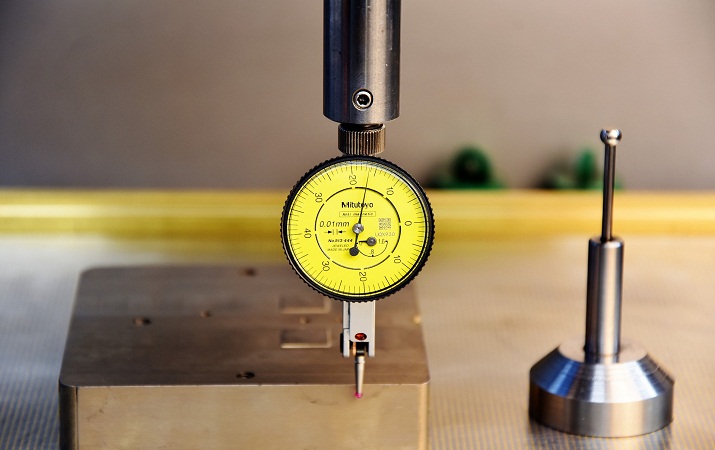After developing a huge array of innovations to fight against the spread of coronavirus, the Indian Institute of Technology Hyderabad researchers have developed a simple and cost-effective method to derive ‘activated carbon electrode’ material from cornhusk for high-voltage supercapacitors. Their electrode showed better electrochemical performance (High energy density and high-power density) when compared with conventional supercapacitors.
IIT Hyderabad’s new research brings best out of waste
This development is important for India, especially for states such as Uttar Pradesh and the combined Andhra Pradesh-Telangana States, which are the first and second-largest producers of corn in the country respectively. They produce a large amount of cornhusk waste, much of which waste is currently burnt as its potential to be converted to valuable electrode material is not harnessed owing to lack of awareness, expertise and technology.
Employment rate can increase with this research
This research by IIT Hyderabad on affordable and efficient methods can enable this conversion, which would trigger the cascade of additional earning opportunities for the corn-farmer and provision of a sustainable energy source.
Team behind IIT Hyderabad research
The research was led by Dr. Atul Suresh Deshpande, Associate Professor, Department of Materials Science and Metallurgical Engineering, IIT Hyderabad, in collaboration with Dr. TN Rao, Associate Director, International Advanced Research Centre for Powder Metallurgy and New Materials (ARCI), Hyderabad, along with their Research students, M Usha Rani, and K. Nanaji (Project Scientist).
Read also: 179 professional colleges shut down, highest in last 9 years
Role of carbon-based electrodes
In the global sector, rapid advancements in adopting new technology and fast-evolving green energy systems are trending in the supercapacitor’s market. It is projected to share USD 720 million by 2025 market value, which is expected to grow at a CAGR of 12 percent from 2020 to 2025.
Carbon-based electrodes are playing a crucial role in the development of energy storage devices. Carbon-based electrodes are typically derived from expensive, high purity precursors such as polymers, organic precursors, high purity gases using various methods. The production of carbon electrodes from biomass is a simpler straightforward process.
In collaboration with ARCI (Hyderabad), the IIT Hyderabad team has developed activated carbon electrode using simple materials Corn husk and KOH.
Explaining his research, Dr. Atul Suresh Deshpande, Associate Professor, Department of Materials Science and Metallurgical Engineering, IIT Hyderabad, said, “Activated carbon electrode material with porous sheet-like morphology has been prepared using corn husk through carbonization followed by KOH activation. Due to the low-cost precursors and simple processing method, this process of producing activated carbon can be easily adapted for large-scale commercial production.”
Courtesy: India Today
Follow us on Facebook, Twitter, LinkedIn.
